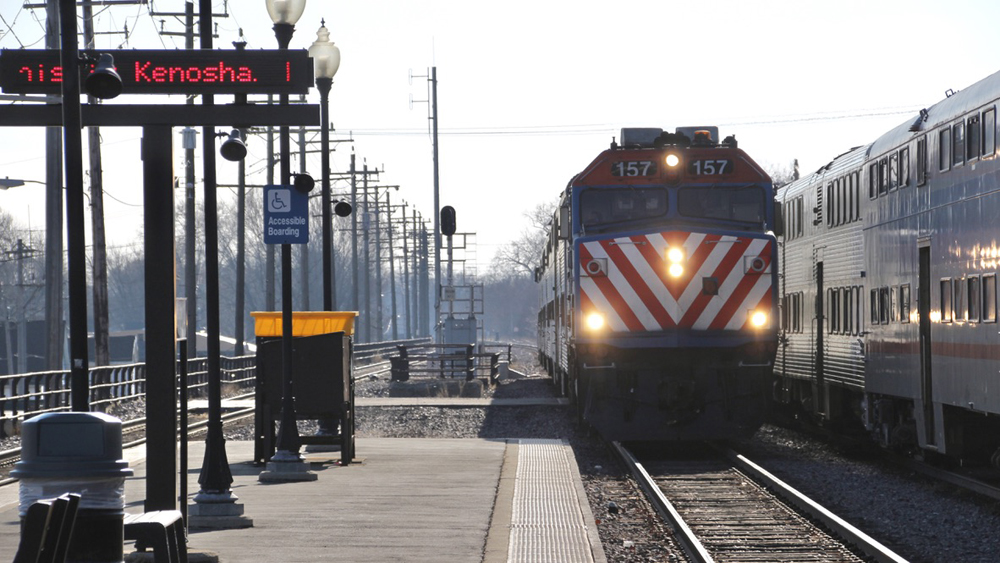
KENOSHA, Wis. — The Kenosha City Council will consider a resolution on Wednesday in support of a long-discussed commuter rail line to Milwaukee, the Kenosha News reports.
City councils in Racine, Milwaukee, and South Milwaukee have already approved resolutions supporting federal investment toward the Kenosha-Racine-Milwaukee Regional Rail Corridor. The resolution to be considered by Kenosha on Wednesday does not involve any city commitment of funds but supports the concept.
The so-called KRM project dates to 1998, identified a preferred route in 2006, and had a regional transit authority created to fund the project by a Democrat-controlled legislature in 2009, the website Urban Milwaukee reports, but a Republican-controlled legislature killed the project in 2011. The proposal is being revived following a $5 million federal grant to Racine in 2022 to update the earlier plans, which envisioned seven intermediate stops on the 33-mile Union Pacific route between the Kenosha station served by Metra’s UP North line and the Milwaukee Intermodal Station served by Amtrak’s Hiawathas.
A private company floated a proposal for service on that route in 2022 that received state support with the Federal Transit Administration [see “Long-stalled Kenosha-Milwaukee commuter rail proposal …,” Trains News Wire, Aug. 23, 2022]. Little has been heard of that proposal since; the website of Wisconsin Transit & Reality Group remains little more than a placeholder. Executive Vice President Michael Garvin told WisBusiness.com that the company had to withdraw because the Russian invasion of Ukraine impacted a potential foreign investor, and said the company is still in discussion with investors.
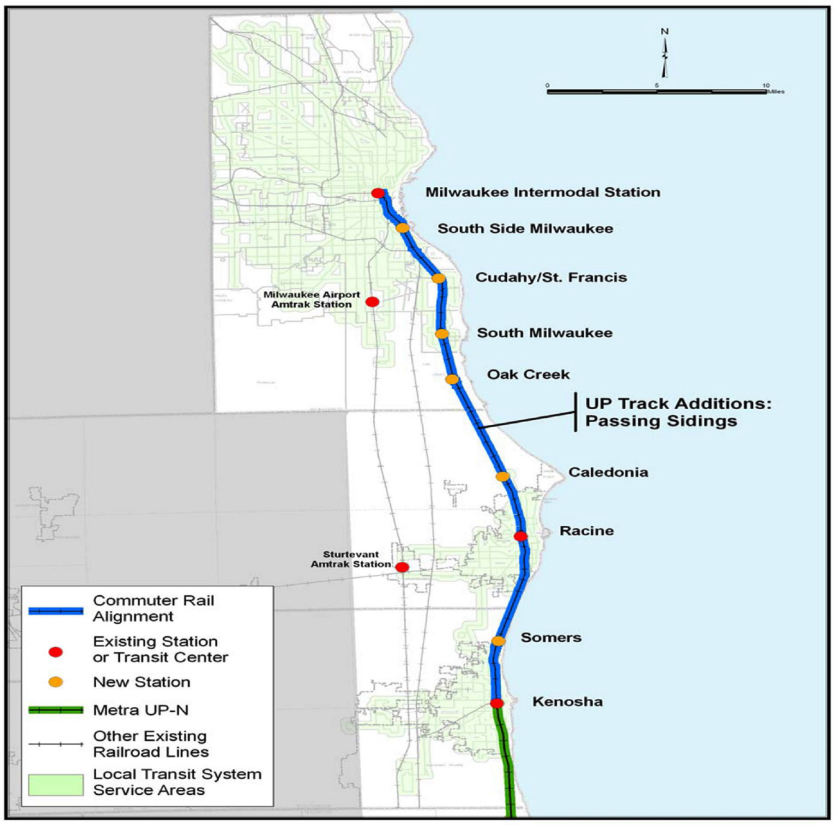

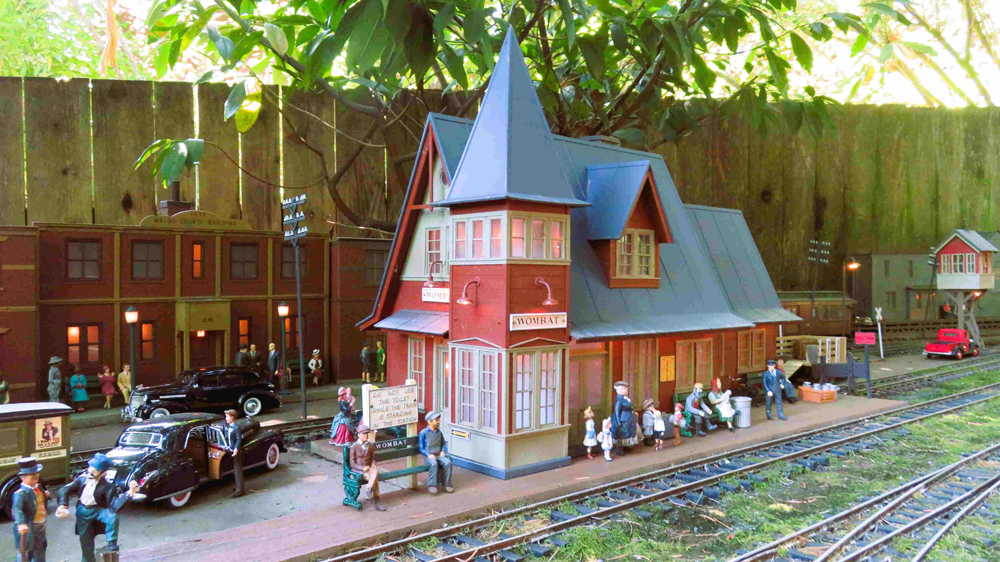

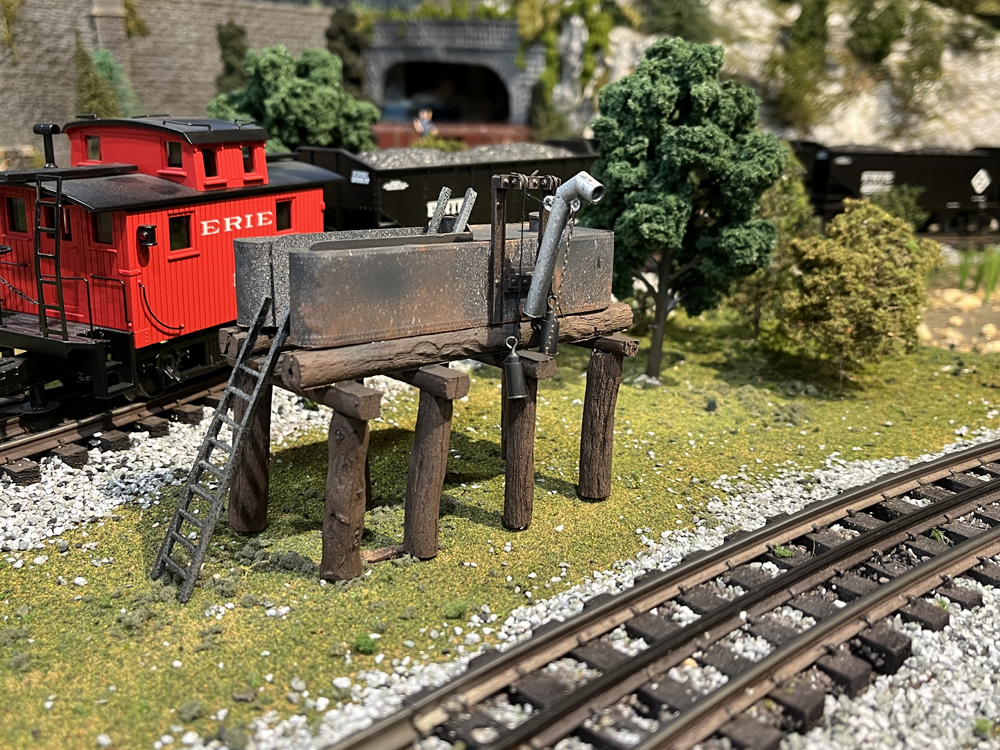
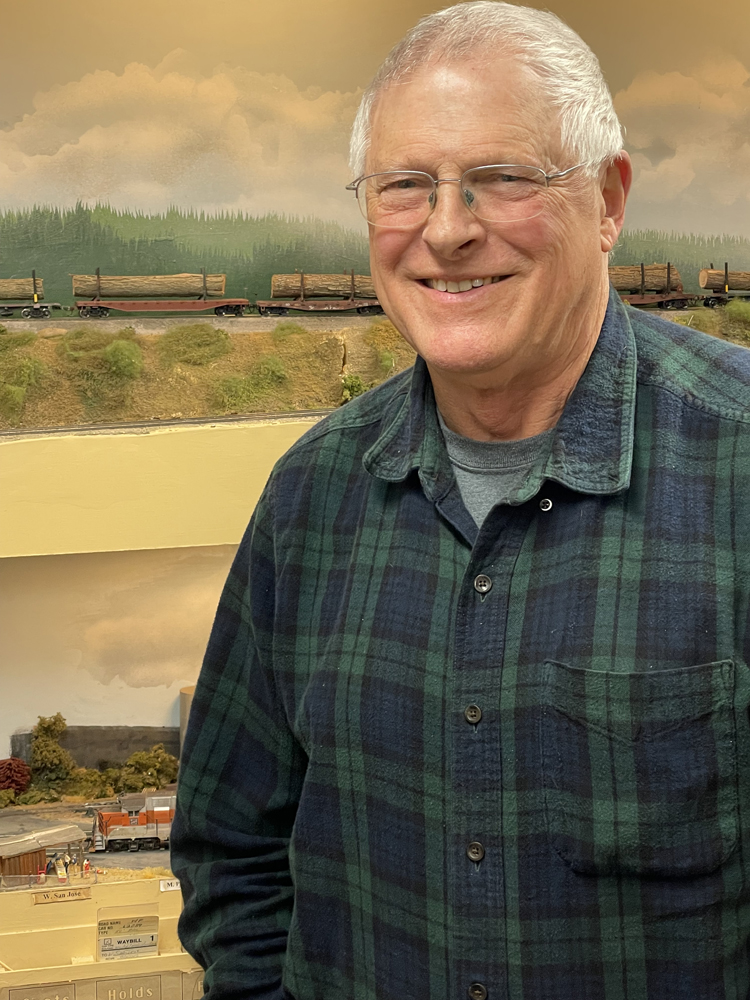
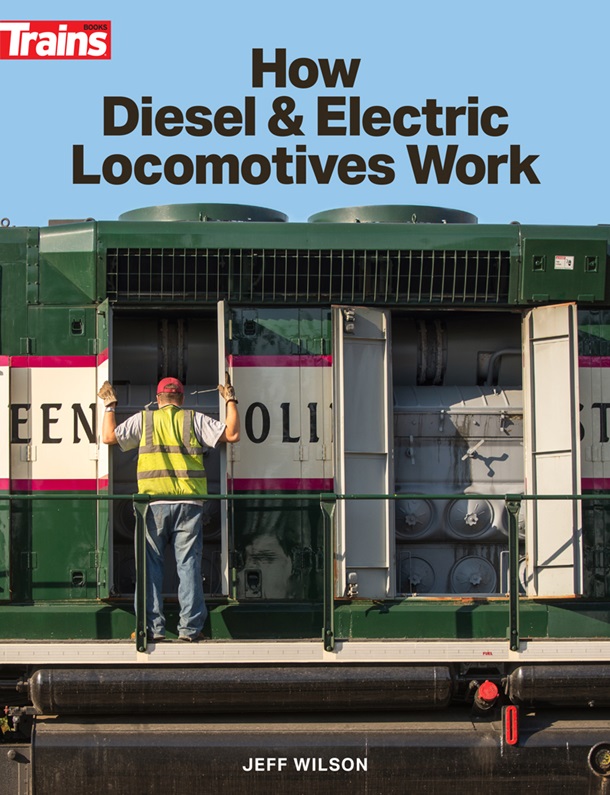
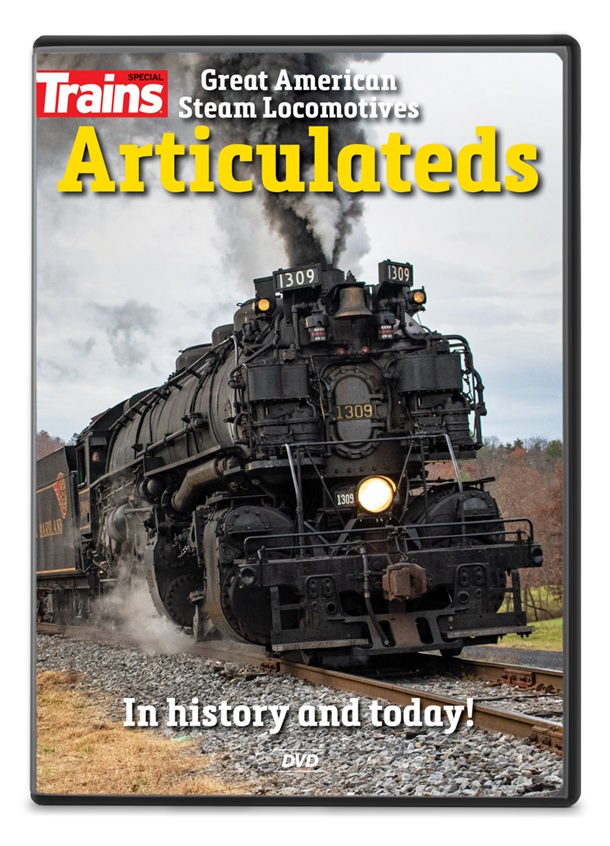
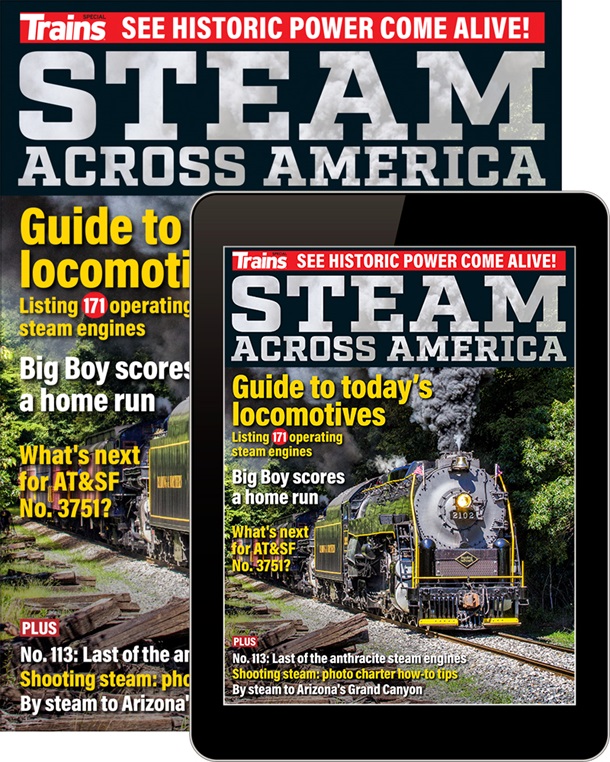
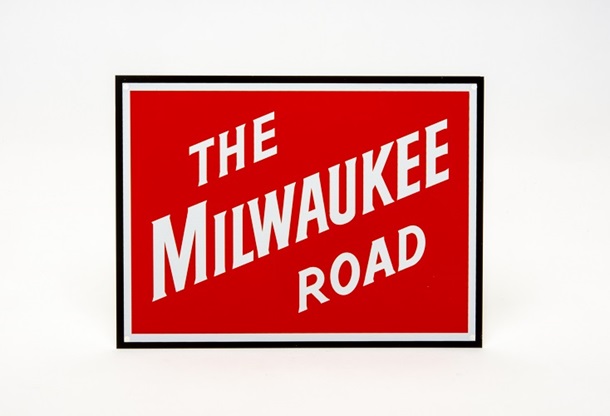
A couple of questions/thoughts to Mr. Landey’s and Mr. Forbes’ points above:
1) If there was state and federal funding involved in the original commuter rail proposal (2009-2010), there must have been some ridership studies for this proposed ‘KRM’ commuter rail service? What were the daily ridership forecasts for a Kenosha – Milwaukee service? If they were developed back in 2009-2010, clearly they would need to be revised/updated. Also operating and capital-cost estimates? (even at a cursory, planning level?)
2) If METRA were contracted to run the service under a “Purchase-of-Service” contract, and might (?) run a through Chicago-Kenosha-Milwaukee passenger (commuter) service, that might be an interesting operation, given that it would essentially be an “intercity” operation in competition with Amtrak’s Chicago-to-Milwaukee corridor. At this point, Amtrak is so broken and dysfunctional they might not care, but it might also create some interesting legal issues (and potential challenges) to Amtrak’s defined role as an “intercity” passenger rail system. Still, it might be a (sort of) revival of the old Chicago and Northwestern Chicago – Milwaukee “400” corridor (!).
3) I’m not real familiar with the current UP ‘North Line’ north of Kenosha, but as Charles Landey indicated, if the coal train service to the Oak Creek power plant disappeared, then yes, the UP might want to get rid of the line and thus the commuter operator would be on the hook for a lot of expensive maintenance and capital upkeep of this line. It doesn’t sounds like there’s any other freight business on this line?
4) I don’t live in SE. Wisconsin, but if I did, I’d certainly be a member of the “Southeast Wisconsin Curmudgeons Club” (!).
Wouldn’t the Milwaukee, Racine, and Troy be a better route to use?
Interstate commuter service is always interesting. Delaware pays SEPTA to connect four stations between Newark DE and Claymont with Philadelphia using SEPTA’s trains to Marcus Hook PA. This seems most analogous to Kenosha’s service pattern.
However, note the part where I wrote “Delaware pays…”
The time to do this would have been when I-94 was all torn-up and being widened. As much as it could be useful, I doubt it would ever happen in my lifetime.
Theoretically Metra could do this under a purchase of service agreement, they already have one with the state or Kenosha County for service to Kenosha. Similar to how IDOT is paying Metra to expand service to Rockford.
So Kenosha isn’t putting up any of their money but they’ll take mine.
This proposal makes me think of the commuter rail situation here in Southern California. Oceanside is the south end of the MetroLink operation centered on Los Angeles; it is also the northern point on the commuter rail serving San Diego. And Amtrak operates the through service between Los Angeles and San Diego which does not make all the stops that the two commuter operations make.
I don’t care if the state or local governments want to do this. I do care when they start looking at the Federal Government as the deep-pocket to do any or all of it.
The biggest gap these days between the “progressives” vs the traditional thinkers is this idea that the Feds should be involved, including financially, in too many areas.
If one adds up both the stated Federal debt and the future but unfunded mandates that loom ahead, its getting too near to $90 Trillion to work. It also can’t be solved by significantly taxing the rich and middle classes more & more. There just isn’t enough revenue to be had by that plus the super rich will quickly leave the country for some island tax haven.
Would it be possible within the charter of Metra for them to extend the Union Pacific-North line to Milwaukee?
Here’s the point I was trying to make way too early this morning. I suspect that KRM is put forth because that where the track is. There are only three rail lines that are a straight shot into Milwaukee — the three coming from the south, as shown on the map.
From the west, the CPKC main, is fairly indirect (and slow).
The other directions — southwest, northwest, and north, there is no remaining rail infrastructure suitable for commuter trains. R/Ws have been torn up or built over, or never were there in the first place.
There needs to be more warrant for a commuter line than the mere fact that a track exists.
Years ago there were three rail travel options between Milwaukee and Kenosha, the North Western, the North Shore Line and the Milwaukee Electric.
Might as well use the track for something, seeing that Obama in his third term is killing off coal which has been keeping the lakeshore line in business. The map shows the three parallel routes. On the west in the CPKC double-track main used by Amtrak (ex-MILW). In the middle, the single-track UP freight line (ex-CNW). On the east along the lake the single-track UP (ex-CNW) “passenger” main through the populated areas.
The key to the project is the northernmost lap, getting trains off UPRR into Milwaukee’s Amtrak station. This was done before. Downtown Milwaukee’s CNW station was torn down around 1965. Thereafter CNW trains used the Milwaukee Road station until discontinued in 1971.
If there ever was commuter (i.e. daily rush hour) traffic on this line, it was prior to 1971. Which means Kenosha, Racine, and southern Milwaukee Counties have lived without it for 53 years —- half of today’s commuters into Milwaukee from the southern lakeshore weren’t even born. I have to wonder if this proposed commuter line is, to use that wonderful civil engineering term, “… a solution in search of a problem”.
Commuting each morning to Chicago, Kenosha and Racine County residents drive to Sturtevant Amtrak station at Hwy 20, which is a park-ride remote from all but a handful of homes. Can work just as well for southern lake residents commuting north into Milwaukee.
I suspect that UPRR would simply dump the line, meaning that WisDOT would ending up owning and maintaining 35 or so miles of railroad.
Just because the locals have lived without it for over 50 years, does not mean they should continue to do so. We should pump as much money as possible into transit, pulled from our bloated military, border and failed war on weed budgets.
Exactly Matthew.
I do see the South Eastern Wisconsin Curmudgeon Club is up bright and early today though.
Well Mark, and Matthew, thanks for responding to my post. Actually I’m very pro transit. However I also see reality. Averaged nationwide, transit ridership peaked before COVID, plummeted during COVID, and shows no signs whatsoever of recovery. If people don’t ride MBTA or METRA any more (to name two transit systems I happen to adore and have ridden both with great frequency), why would you assume KRM would have a healthy ridership? “Long discussed concept ….. ” may be another way of saying “no real need identified”.
None of us are great fans of buses. There are fast frequent and comfotable comuuter buses that run from the Waukesha Park-Ride (in the Town of Brookfield, home to both me and Kalmbach Publishing), to downtown Milwaukee. I’ve yet to see any viable fixed-rail transit proposal from the west suburbs to Milwaukee. Unlike the west suburbs (where I live) the south lakeshore (Kenosha – Racine – Oak Park etc.) happens to have an underutilized secondary railroad which is a relatively straight shot to downtown. Doesn’t mean there is any significant ridership potential.
Interesting to recall the proposed service would duplicate three (CNW, TMERL, CNSM) lines covering the same territory. But, seven stops?